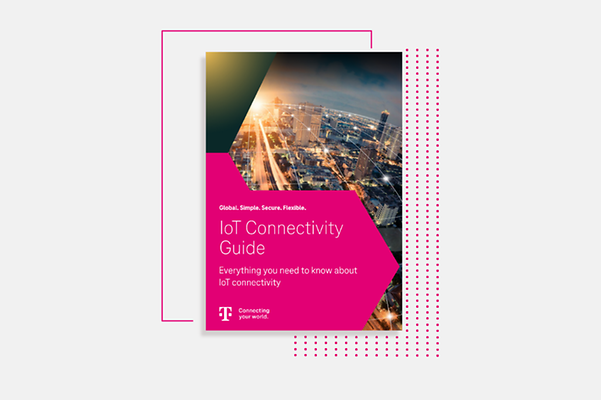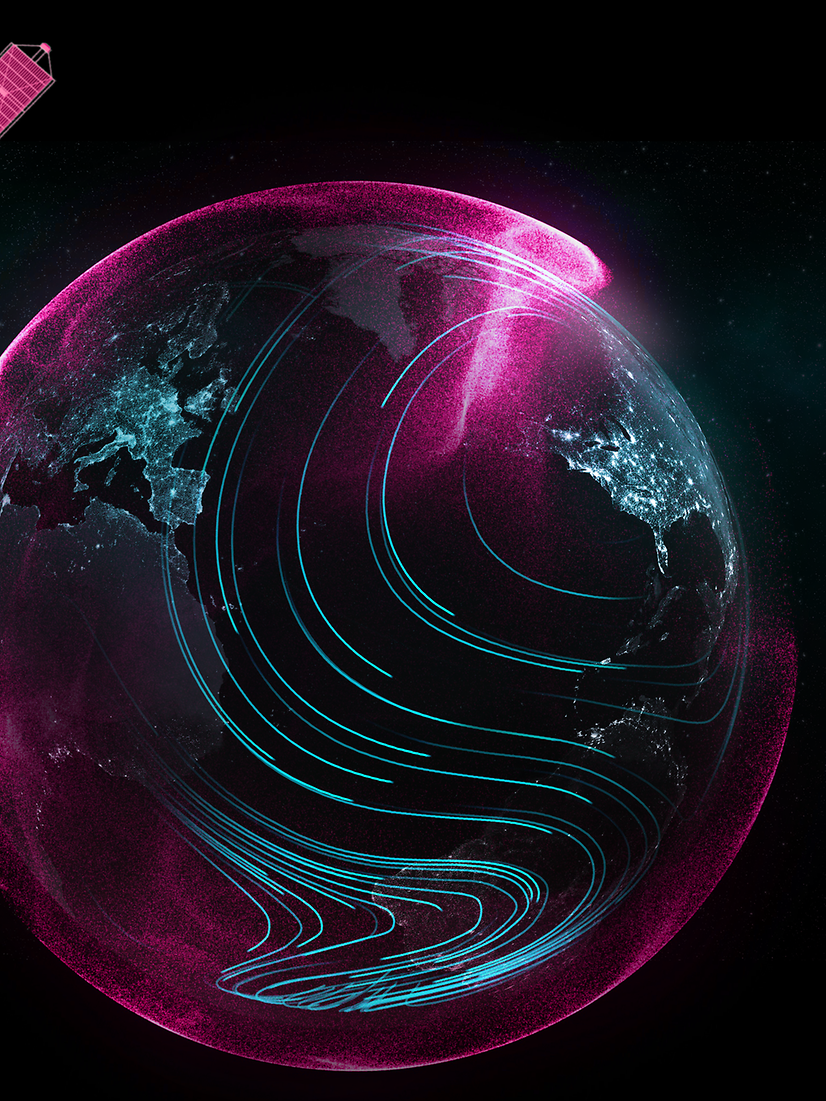To really make full use of the IoT tracker’s benefits coffee importers must first clarify further issues. Over a distance of 10,000 km, factors such as global availability or a tariff that functions without hitches across borders make a big difference.
Shipping coffee is an example of the complex requirements of an IoT project. That is why globally active enterprises must start by defining their own needs and expectations and then implement an individual matching solution. The right mobile communication standard for tracking containers will depend, for example, on both the deployment location and the volume of data to be transmitted.
The NarrowBand IoT (NB-IoT) mobile communication standard scores points with very low energy consumption and a very high level of building penetration. These are especially important factors when transmitting from the belly of a container vessel or the depths of a warehouse. To monitor the transportation of goods LTE-M is a further contender. In addition to low-cost hardware and enough battery life for lengthy shipping routes it provides sufficient bandwidth for midrange data volumes.



